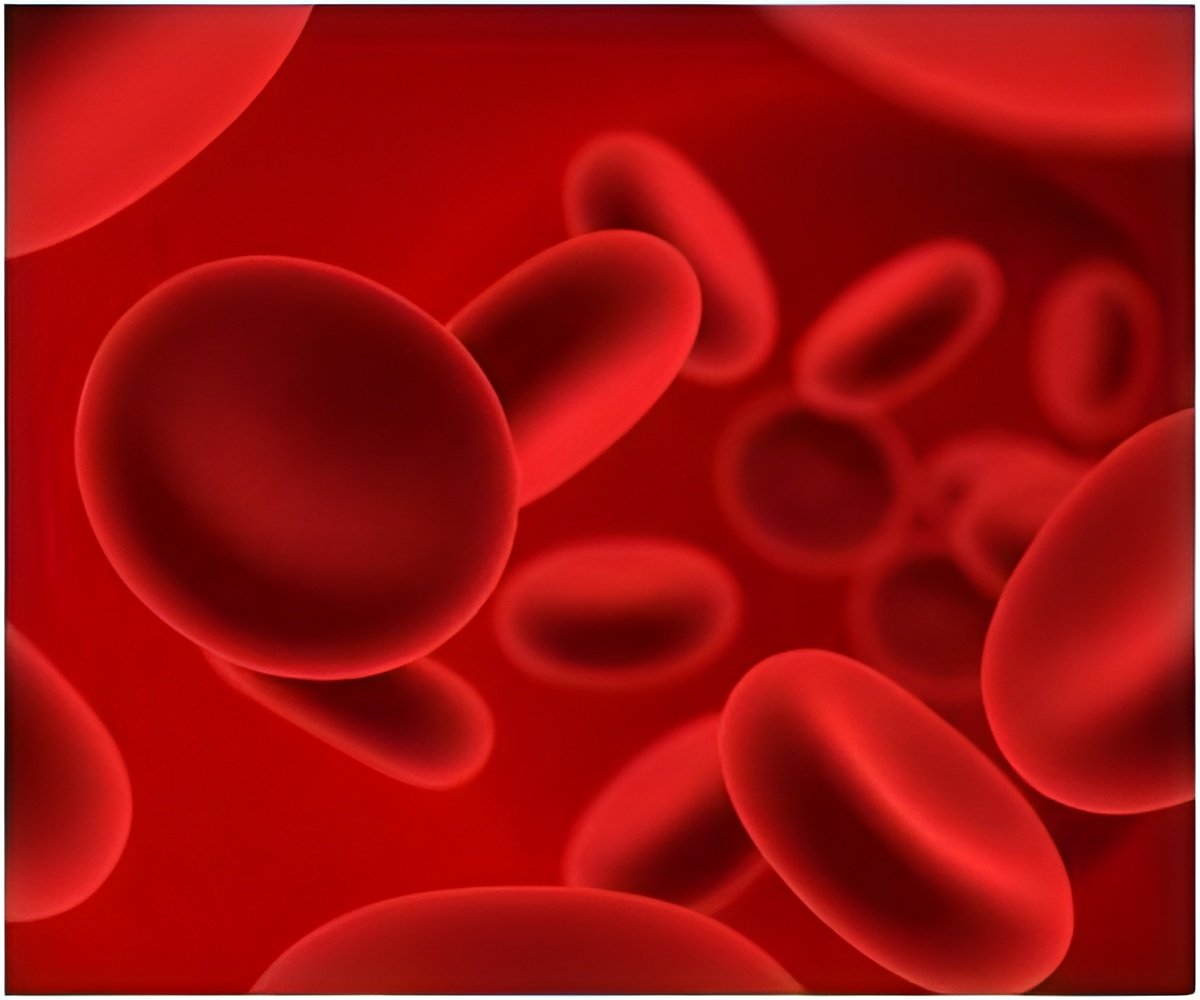
A healthy RBC looks like a disc with a depression – called a dimple – in the top and bottom. Stressed RBCs often have deeper dimples than healthy ones, giving the cells a deflated look; others may have shallow dimples or no dimples at all. The UIUC researchers reasoned that if they shone light on a sample of blood and analyzed the light scattering off that sample, they would get a pattern – a sort of signature produced by the way light interacts with itself in a three-dimensional space – that would be different from the pattern collected from blood containing mostly misshapen cells. But these light-cell interactions were too complicated to analyze with the usual mathematical tools. So researchers made use of the Born approximation, a mathematical rule that can be used when the object of interest is small and transparent.
By running Fourier Transform Light Scattering (FTLS) – a method developed by the same group three years ago – on individual RBCs, the scientists found that the pattern changed significantly with the diameter and dimple width of the cells. Using this information, the UIUC team applied the Born approximation to their findings and calculated what the appropriate scattering signature for healthy cells should be. They then used this new "healthy cell signature" to identify the correct morphology of cells in a blood smear. The new technique may allow for faster, accurate blood tests that could help doctors diagnose various types of anemia, and could be especially useful in resource-poor areas of the world, the researchers say.
Source-Eurekalert













